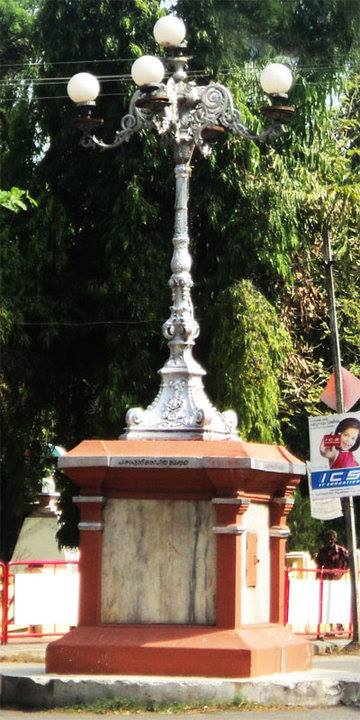History
William Logan, the author of the Malabar Manual, posits that the Pallava dynasty of Kanchi potentially invaded Malabar during the 2nd or 3rd century. It is theorized that Palakkad, in modern times, might have been among their principal centers. Numerous indigenous dynasties from South India have historically ventured into Malabar. This period saw the ascendancy of the Malabar Perumaks, with various potent regional leaders governing distinct areas.
Following the reign of the Perumaks, the control of the Malabar region shifted to leaders such as Valluvakonathiri of Valluvanad, King of Kollakode in Vengunadu, and King Sekharivarma of Palakkad.
In 1757, the Samuthiri king of Kozhikode's incursion into Palakkad led the local king to seek assistance from Hyder Ali of Mysore. The Samuthiri had to retreat from Malabar due to the intervention of Hyder Ali.
Subsequently, Hyder Ali conquered all Palakkad territories, including those held by the Samuthiri. This resulted in Hyder Ali and his son Tipu Sultan controlling the once-independent regions under the rule of the King of Palakkad.
The aftermath of the Third Mysore War saw the Treaty of Srirangapatna in 1872, which transferred the entire Malabar area, previously under Tipu's dominion, to British control. This led to the annexation of the Malabar region into the Madras Presidency.
After India gained independence in 1947 and the formation of United Kerala in 1956, the linguistically compatible Malabar region, previously under the Madras Presidency, became part of Kerala. On January 1, 1957, the Palakkad district was established by merging Palakkad, Perinthalmanna, Ponnani, Ottappalam, Alathur, and Chittoor. Subsequently, on June 16, 1969, when the Malappuram district was formed, Trithala Farka in the Ponnani taluk was incorporated into Palakkad.Most of the area was added to the Malappuram district, except the Chethalloor section. Mannarkkad became a new taluk in the Palakkad district by amalgamating 19 villages from Karkidakamkunnu and Chethalloor sections.
Vadakkekkad, Punnayoor, and Punnayoorkulam villages in Trithala Farka were included in Chavakkad taluk in the Thrissur district. Paruthur village in the Tirur taluk became part of the Ottapalam taluk. In 2013, the Ottapalam taluk was divided, with one taluk having Pattambi as its headquarters.
5 Headed Lamp ( അഞ്ചുവിളക്ക് )

The "Anju Vilakku," translated as the "Five-Headed Lamp," stands as a significant historical and cultural emblem in Palakkad, Kerala, India. Erected in 1882, this lamp, characterized by its five branches, commemorates the memory of Sri Pulikkat S. Ratnavelu Chettiar—an eminent philanthropist and the pioneering Indian Vice Chairman of the Palakkad Municipality. However, this noble gesture faced skepticism from British officials, given their prevalent English and Scottish majority at that time.
This lamp holds profound significance due to its illumination during the 15th anniversary of the Palakkad Municipality, observed with fervor on September 28, 1881. A multitude of distinguished individuals graced the occasion, among them R. S. Broughton, the Collector of Calicut, and V. R. Bradshaw, Assistant Collector of Palakkad, who played integral roles. Nonetheless, British authorities held reservations about the event, stemming from Kozhikode (Calicut) being the capital of Malabar during that era.
Following the passing of Sri Ratnavelu Chettiar a year later, townsfolk erected a memorial without obtaining approval from the Chairman. This act met opposition from the municipal council, culminating in heated exchanges between collectors. Even though V. R. Bradshaw, an officer of British origin, supported the council's stance, the Chettiar community expressed their indignation by damaging the structure. In response, Chettiar himself utilized armed forces to safeguard his residence.
The Chettiar community's steadfast resistance incurred a loss in the Malabar Collector's Kassar (Revenue). Ultimately, a European-style monument graced with a remarkable five-headed lamp was erected, serving as a tribute to Sri Ratnavelu Chettiar's enduring legacy. The Governor of Madras, Sir George Stanley, also extended recognition to his contributions.
Presently, the Anju Vilakku monument continues to be a focal point for various social and political processions. It is illuminated on specific occasions, and its maintenance remains under the purview of the Vadakkunnatha Temple authorities.
